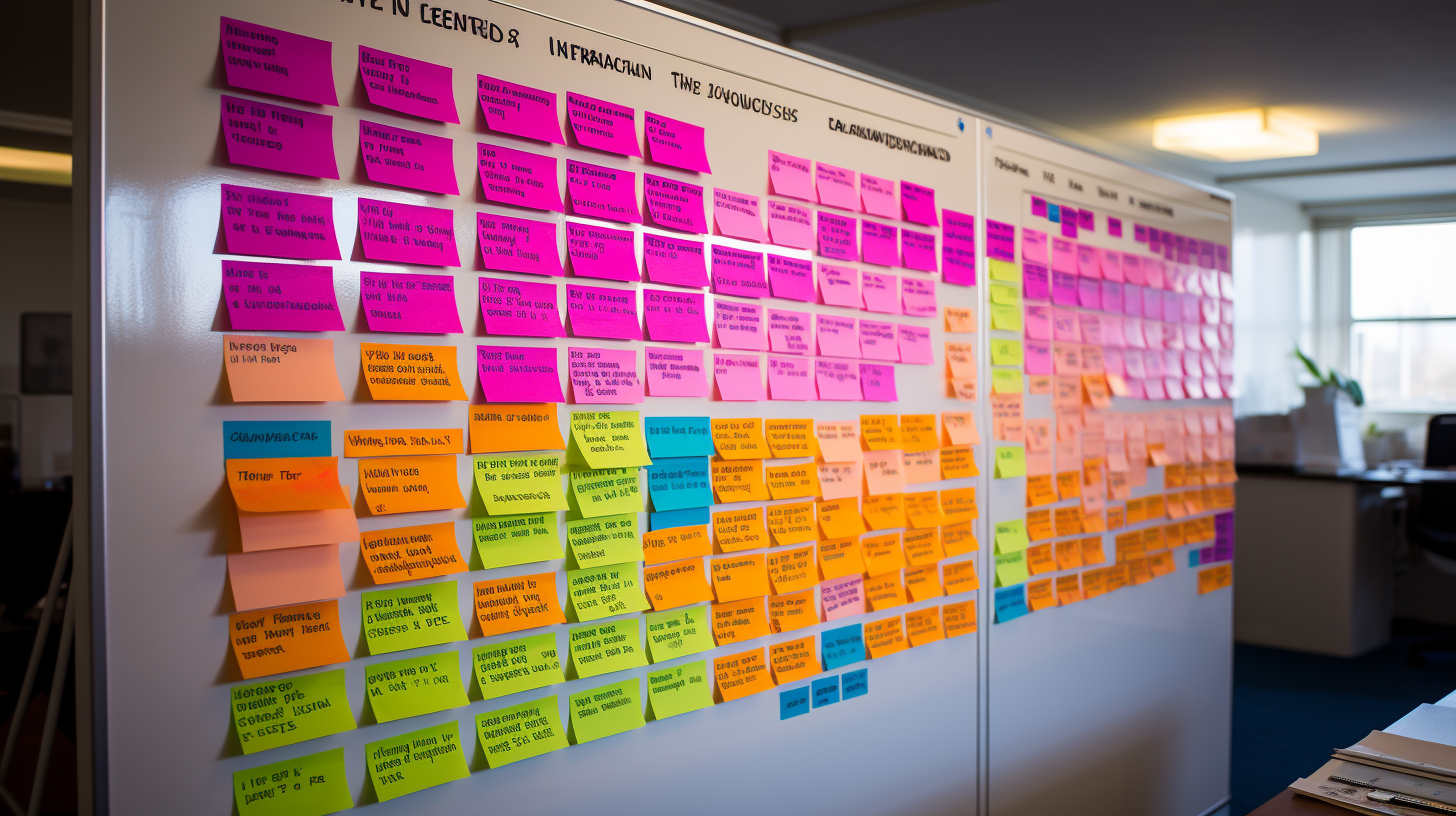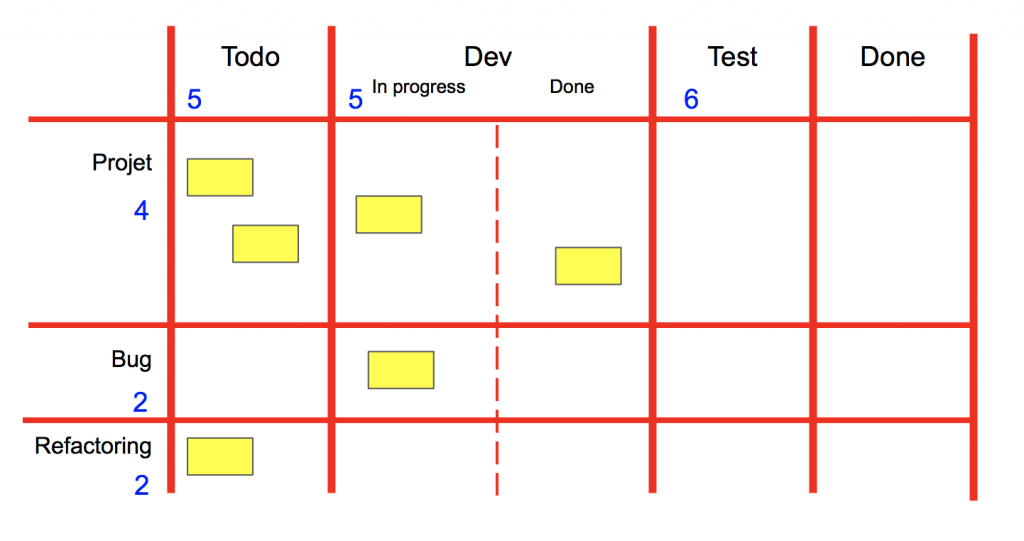
Kanban Board vs. Scrum – In the fast-paced world of software development and project management, Agile methodologies have become a cornerstone for efficient and flexible work processes. Two popular Agile frameworks, Kanban board and Scrum, are often used to enhance productivity and manage complex projects. While both methods share common goals, they have distinct characteristics and are better suited for different situations. In this article, we’ll explore the differences between Kanban and Scrum and discuss when to use each framework.
Kanban Board vs. Scrum
1. Kanban: A Visual Workflow
Kanban, which means “visual card” in Japanese, is a flexible Agile framework that emphasizes continuous delivery and visualizing the workflow. It uses a Kanban board, typically consisting of columns representing different stages of work, and cards representing tasks or user stories. Work items move through these columns from “To-Do” to “Done” as they progress.
Advantages of Kanban:
- Flexibility: Kanban is highly adaptable and suits ongoing and unpredictable work.
- Reduced Waste: It minimizes overproduction by focusing on what’s necessary at the moment.
- Visual Clarity: Teams have a clear view of work in progress, making it easier to identify bottlenecks and resolve them quickly.

When to Use Kanban:
- For support teams handling various incoming requests.
- In situations where priorities change frequently.
- For maintenance tasks and continuous improvement projects.
2. Scrum: Iterative and Time-Boxed
Scrum is another popular Agile framework known for its structured and iterative approach. Scrum projects are divided into fixed-length iterations called “sprints,” usually lasting 2-4 weeks. Each sprint has its planning, daily standup meetings, review, and retrospective. The product backlog contains a prioritized list of features or user stories.
Advantages of Scrum:
- Predictable: Sprints provide a structured schedule for deliverables.
- Collaboration: Daily standups and team roles promote close collaboration.
- Iterative Improvement: Sprints end with a review and retrospective to learn and adapt.
When to Use Scrum:
- For projects with well-defined requirements and goals.
- When a team can commit to a consistent sprint length.
- In situations where the development work has a clear finish line.
Choosing the Right Framework
Deciding between Kanban and Scrum depends on your team’s needs and the project’s nature. Consider the following factors:
- Project Type: For ongoing or support-type work, Kanban’s flexibility is beneficial. Scrum is better for well-defined projects with clear objectives.
- Work Predictability: If your team prefers a predictable work schedule, Scrum’s fixed-length sprints may be a better choice. For unpredictable workloads, Kanban’s continuous flow is more suitable.
- Team Dynamics: The level of teamwork and collaboration your project requires can influence your choice. Scrum enforces daily interaction, while Kanban allows more autonomy.
- Process Maturity: Consider your team’s familiarity with Agile methodologies. If you’re new to Agile, Kanban’s simplicity might be an easier starting point.
Conclusion
Kanban and Scrum are both powerful Agile frameworks designed to enhance productivity and improve project management. The choice between the two depends on the specific needs of your team and the nature of your projects. By understanding the differences and advantages of each framework, you can make an informed decision on whether to visualize your workflow with Kanban or structure it through Scrum’s sprints and ceremonies. Ultimately, the right framework will help your team achieve its goals efficiently and effectively.

Be the first to comment